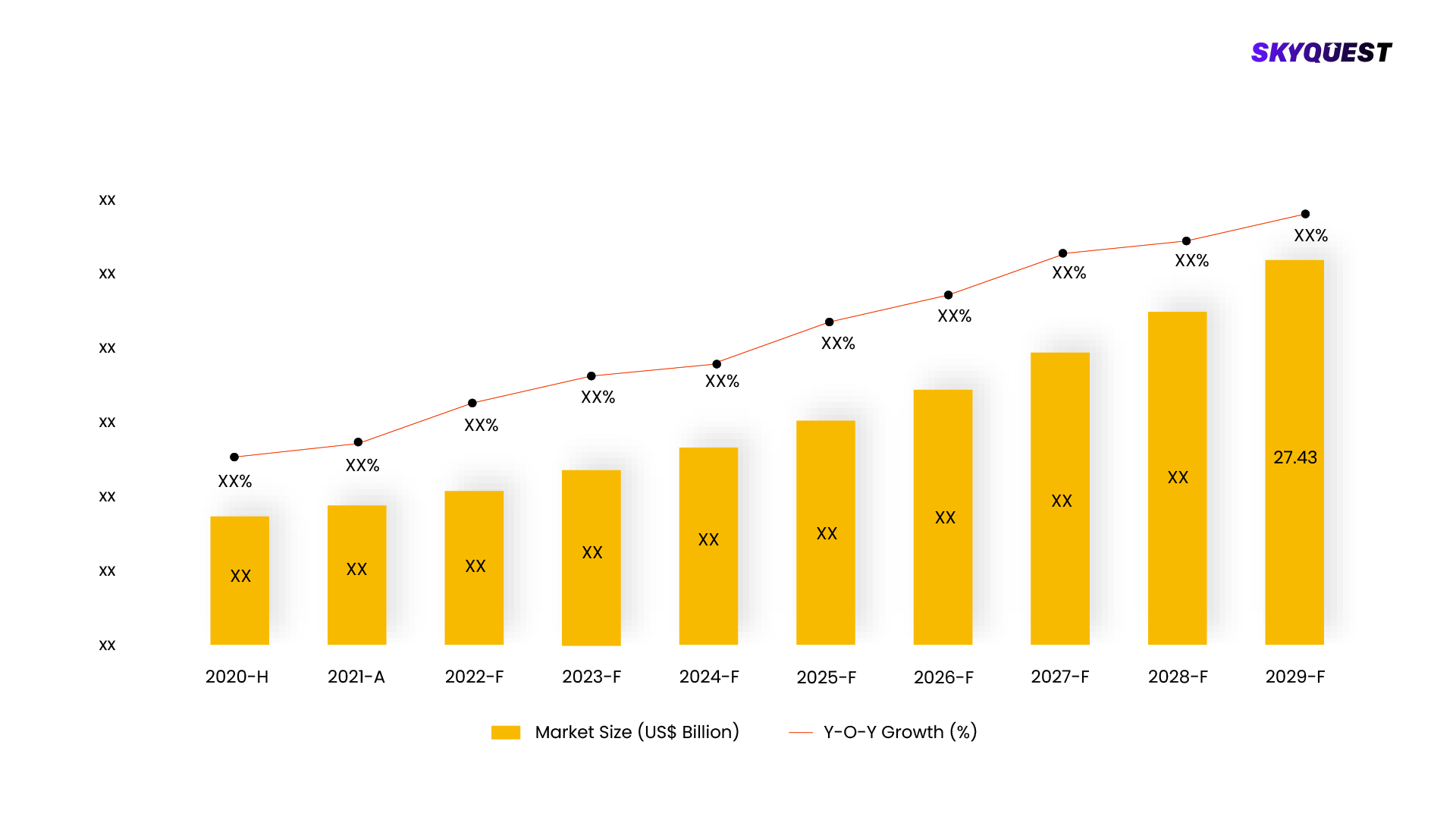
Product ID: UCMIG20A2020

Report ID:
UCMIG20A2020 |
Region:
Global |
Published Date: Upcoming |
Pages:
165
| Tables: 55 | Figures: 60
The increasing defence budgets of nations around the world to upgrade their military, as well as the growing tensions of war, are driving countries to adopt advanced weapon systems, which are expected to contribute to the growth of the global automatic weapons market in the coming years. Furthermore, governments in both developed and developing countries are constantly focusing on the development and advancement of weapons and ammunition, which is stimulating the automatic weapon market. The demand for advanced technology integration, such as augmented reality and virtual reality (AR/VR), is funding government investments in soldier modernization.

This report is being written to illustrate the market opportunity by region and by segments, indicating opportunity areas for the vendors to tap upon. To estimate the opportunity, it was very important to understand the current market scenario and the way it will grow in future.
Production and consumption patterns are being carefully compared to forecast the market. Other factors considered to forecast the market are the growth of the adjacent market, revenue growth of the key market vendors, scenario-based analysis, and market segment growth.
The market size was determined by estimating the market through a top-down and bottom-up approach, which was further validated with industry interviews. Considering the nature of the market we derived the Aerospace & Defense by segment aggregation, the contribution of the Aerospace & Defense in Capital Goods and vendor share.
To determine the growth of the market factors such as drivers, trends, restraints, and opportunities were identified, and the impact of these factors was analyzed to determine the market growth. To understand the market growth in detail, we have analyzed the year-on-year growth of the market. Also, historic growth rates were compared to determine growth patterns.
Our industry expert will work with you to provide you with customized data in a short amount of time.
REQUEST FREE CUSTOMIZATIONWant to customize this report? This report can be personalized according to your needs. Our analysts and industry experts will work directly with you to understand your requirements and provide you with customized data in a short amount of time. We offer $1000 worth of FREE customization at the time of purchase.

Product ID: UCMIG20A2020